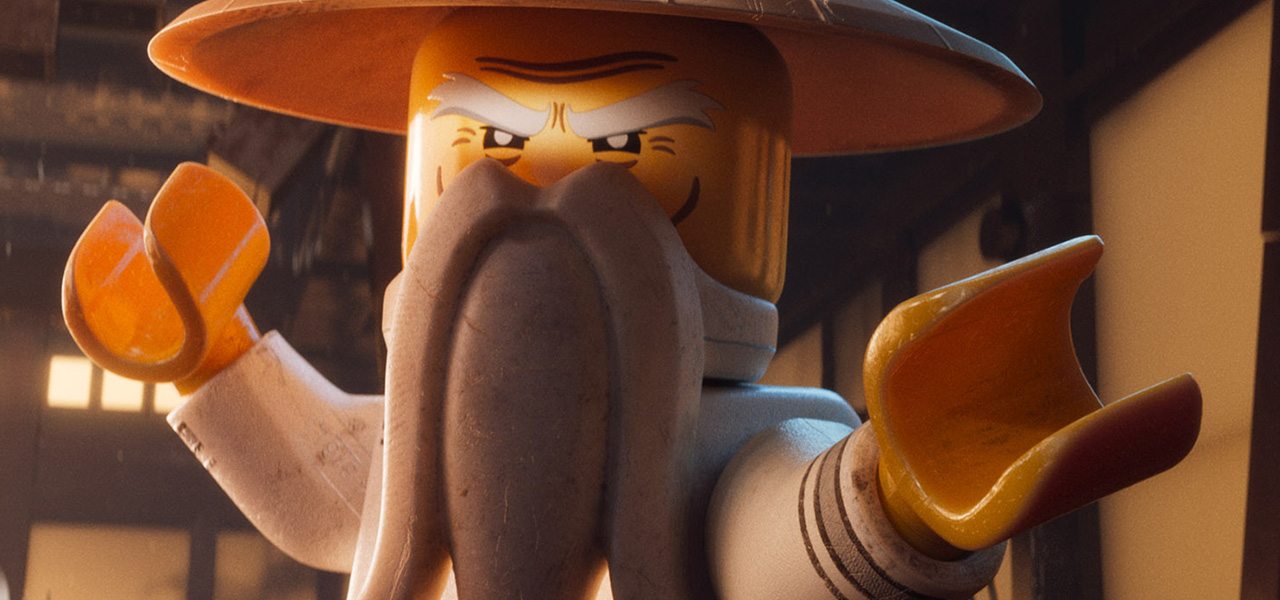
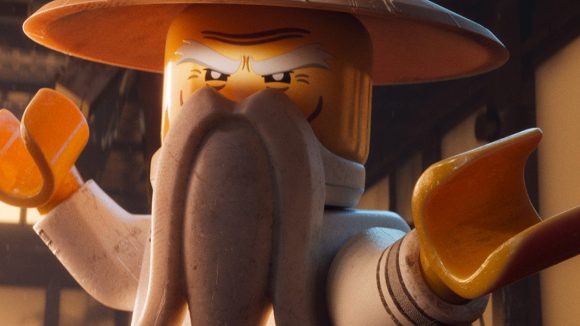
Animal Logic Does Kung Fu Fighting, In LEGO
When Warner Animation Group’s Storks opened this past weekend, it included before it The Master: A LEGO Ninjago Short. In it, Master Wu (Jackie Chan) battles a determined plastic chicken (Abbi Jacobson) amid the seeming peacefulness of an ancient Chinese temple setting. By the end, that location is anything but peaceful.
The Master was made by Animal Logic, the Sydney-based studio that made The LEGO Movie and which is also behind several other upcoming LEGO films: The LEGO Batman Movie is due out in February 2017 and The LEGO Ninjago Movie will be released in September 2017. Cartoon Brew spoke to production designer Kim Taylor and cg supervisor Greg Jowle about the specific challenges of the short, including how to make a kung fu-fighting chicken.
The Master: A LEGO Ninjago Short was directed by Jon Saunders, who wrote the film with Ross Evans. It features Master Wu being continually interrupted by the chicken. Both then engage in some destructive fighting in and around the temple. For the temple setting, Animal Logic had several early challenges. The first was that, despite now having vast experience in crafting brick environments, The Master would feature more of the natural world, such as clouds, sand, and plant-life. “We aimed from the start to capture the natural world, but from the macro viewpoint of a LEGO minifig,” said Taylor. “For the exterior, we focused on tiny plant details and realistic outdoor light.”
Mastered Environments
To bring that environment to life, the studio took advantage of its proprietary Glimpse path trace renderer which had begun development on The LEGO Movie. “At that time,” said Jowle, “we were still using RenderMan as our primary renderer but because of our desire to make everything in the film be built out of individual LEGO bricks and for it to look real enough to make the audience wonder whether it was actually stop motion, we needed to customize the renderer to deal more efficiently with our specific needs.”
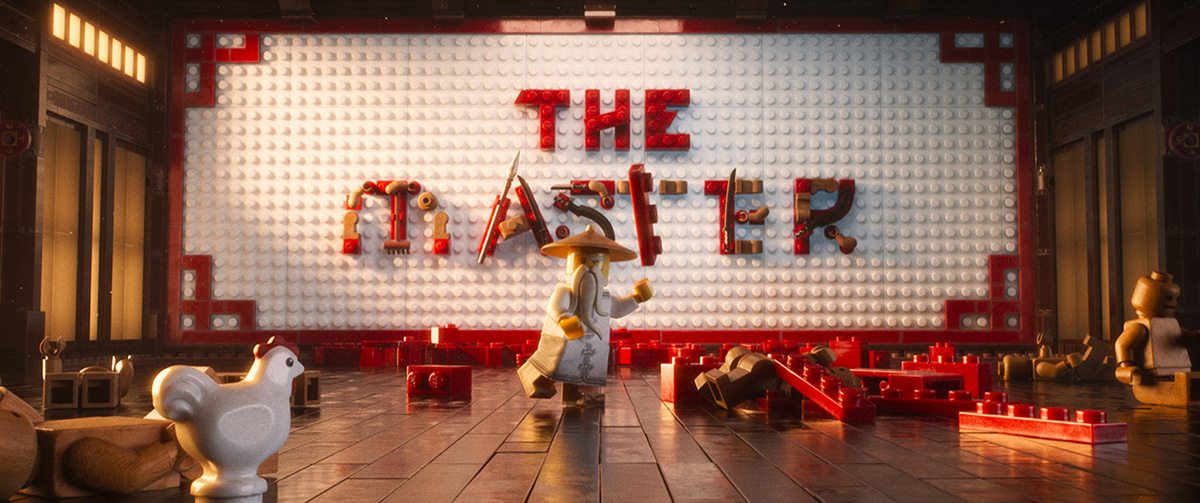
“Off the back of The LEGO Movie we decided to continue to develop Glimpse in preparation for the next set of movies,” Jowle continued. “The Master has photorealistic ground planes, rocks, and grass that we had to incorporate in with the photorealistic LEGO. We knew we could do LEGO bricks, but now the challenge was to quickly get up to speed on rendering everything else that didn’t have a LEGO shader to make it part of that same world.”
There were other technical challenges in the short, too. A significant amount of destruction takes place and there was a requirement to show the LEGO characters interacting with all that chaos, and even interact with individual grains of sand. This work was done using Side Effects Software’s Houdini, but Glimpse enabled the rendering of so many complex types of elements to interact in a single scene.
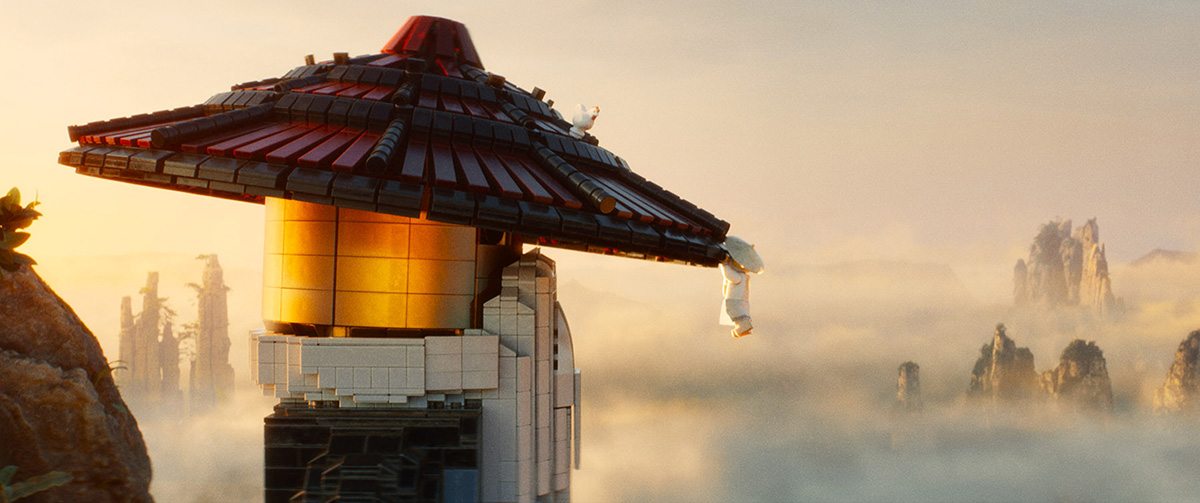
Man Versus Chicken
Like The LEGO Movie, the characters in The Master obey the same rules of animation. They are not bent or squashed or stretched and no motion blur is introduced into the action, even with the frenetic fighting. That was an aesthetic choice made in the first film to preserve the stop motion ‘brick film’ look. However, to heighten the sense of movement, Animal Logic’s animators do introduce a notion of brick blurring.
“Where a character moves quickly, we swap out bricks for different bricks in between,” said Jowle. “So the animators might turn the character into a wider brick of the same color which reads as a streak, but it’s actually just popping on and off with other bricks that are part of our overall LEGO library.” An example of this can be seen in the scene where Master Wu first jumps onto the hat of the large sculpture and spins before he lands on top (see video above). If you frame-by-frame the character during his spin, you can see him turn into a series of bricks in the shape of a wheel.

Not using squash-and-stretch animation principles was particularly difficult for the chicken, since the character was effectively one LEGO brick. That meant Animal Logic had to be creative about how the mischievous bird would interact with Wu, without actually being able to deform its body. Ultimately, very small amounts of eye movement helped communicate intent.
“When you look at Aardman or Pixar in its early shorts,” said Jowle, “they have been very successful in getting almost inanimate objects to have an incredible amount of emotion. As soon as our talented animators ran the first tests through and showed how much personality we could get out of a non-deforming brick, most people were on board with it.”
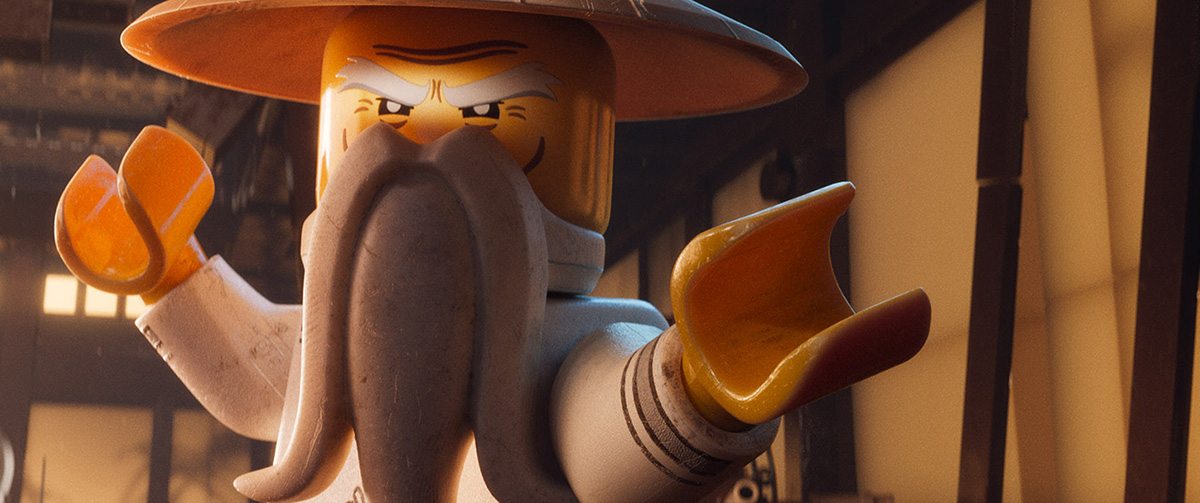
That eye movement came from the manipulation of small round, almost 2D, facial shapes on the chicken, a source of constant hilarity for the Animal Logic team.
“In the design phase we had to do some facial ROM, or range of motion, for the chicken,” said Taylor. “It was quite amusing because literally all you’ve got is a single circle to work with. So we just did a sheet with different levels of a closed circle. Squinty eye. Bendy angry eye. All the credit for the chicken should go to the animators – they nailed it.”
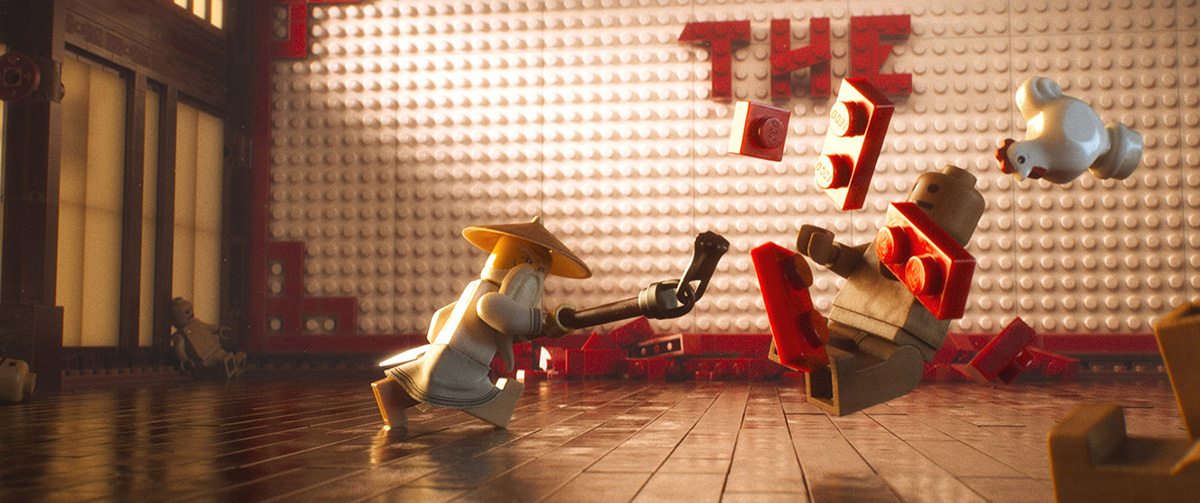
Although it features a character from the forthcoming LEGO Ninjago Movie, The Master is not about Ninjago specifically. Instead, it gave Animal Logic a chance to offer a taste of what’s to come with their LEGO films and also have fun with the kung fu genre. “The cheesier the better,” said Taylor.

.png)